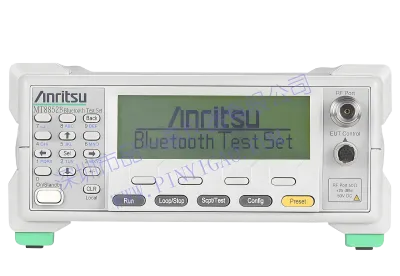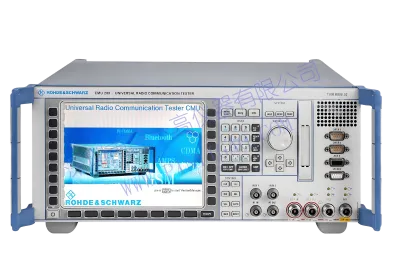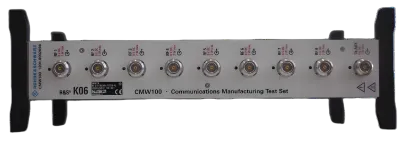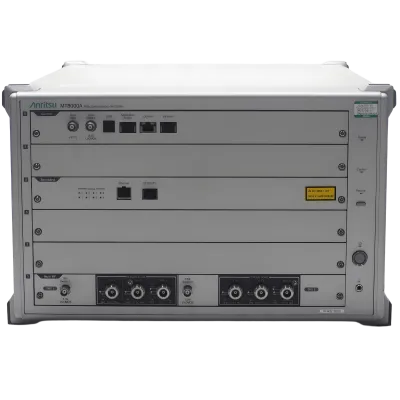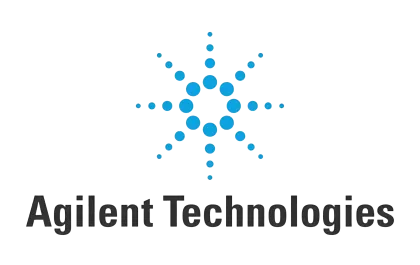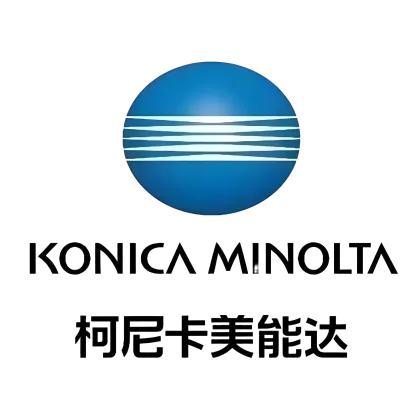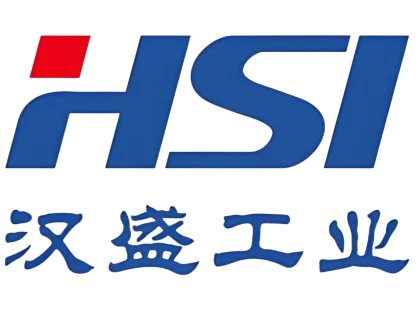

GPIB card

Manufacturers
NI
Other Recommendations
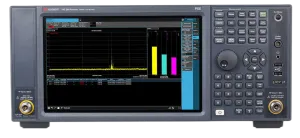

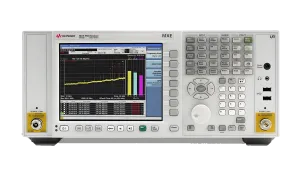
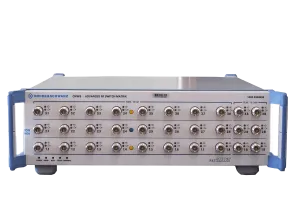
High-Speed USB-to-GPIB Interface Cable (P/N 783368-01), 7.7MB/s HS488 Mode, Plug-and-Play for Automated Test Systems
⚡7.7MB/s
4.3x faster than standard mode, transfers 1000 commands in 0.4s (Source: Speed specification)
🔄
USB 1.x/2.0 support for legacy and modern computers (Source: Compatibility)
🚀
No GPIB cables/drivers needed (Windows auto-recognition), 80% faster deployment (Source: Features)
| Core Parameter | Specification | Application Value |
|---|---|---|
| Transfer Speed | IEEE 488.1: 1.8MB/s, HS488: 7.7MB/s | Accelerates mass data transfer (e.g., 1000-point spectrum scan in <0.3s) |
| Hardware Compatibility | USB 1.x (12Mbps) + USB 2.0 (480Mbps), all GPIB instruments | Connects legacy (1990s) and modern instruments, protects equipment investment |
| Deployment Features | Plug-and-play, no external power, integrated GPIB bus (no extra cables) | 60% less test bench cabling, eliminates cable clutter |
Core Application Scenarios
High-Density Automated Test Stations — Connect 8 GPIB instruments (multimeters/power meters/signal sources), 7.7MB/s speed ensures synchronous control, boosts hourly throughput to 2000 units
Legacy Lab Equipment Upgrade — Adds USB connectivity to vintage GPIB instruments (e.g., HP 8563E spectrum analyzer) without replacement
Portable Calibration Kits — Field deployment with laptops/calibration sources (e.g., base station antenna calibration), total weight <2kg
Technical Architecture
Core Technology Architecture
Features "High-Speed Protocol Chip + Integrated GPIB Bus + Smart Driver" design:
1. Conversion core: NI-customized chip (IEEE 488.1/2 support) enables 480Mbps USB↔GPIB conversion, HS488 mode optimizes handshaking for 7.7MB/s
2. Bus integration: Built-in GPIB controller/driver circuit replaces cables+power adapters, supports 14 daisy-chained devices (50mA load capacity)
3. Driver layer: Windows/Linux compatibility, plug-and-play installation (INF auto-load), NI-488.2/VISA API support for LabVIEW/Matlab integration
| Technical Dimension | NI GPIB-USB-HS+ (783368-01) | Standard USB-GPIB Converter | Advantage |
|---|---|---|---|
| Speed & Stability | 7.7MB/s (HS488), 0 packet loss in 1hr continuous transfer (BER <1e-12) | ≤2MB/s, >1e-6 packet loss rate | Satellite comms production retest rate reduced from 5% to 0.1% |
| Compatibility | Supports GPIB instruments from 1990s-present (HP 3458A, R&S FSV) | Only compatible with post-2010 devices (>30% failure rate with legacy) | Military labs save 80% equipment costs by reusing legacy systems |
Multi-Instrument Production Line Workflow (Mobile RF Calibration)
Hardware Setup: Connect converter to PC (USB 2.0), daisy-chain 4 instruments: signal generator (RF setup), power meter (TX power), spectrum analyzer (spurious), multimeter (current)
Configuration:
- Auto-install NI-488.2 drivers, assign VISA addresses (e.g., GPIB0::10::INSTR)
- Enable HS488 mode (7.7MB/s)
- Set GPIB trigger sync (<100ns latency)Execution:
- Generator outputs 850MHz/-50dBm signal to mobile device
- Instruments measure TX power (±1dB), spurious emissions (<-50dBm), standby current (<10mA)
- Calibration coefficients calculated/written to EEPROM (8s/device)Efficiency Gain: 2200 units/hour (vs 1800 with 2MB/s converters), +8000 units/day, +$10M annual value
Usage Notes
1. Confirm HS488 support before enabling (Keysight E-series/R&S FSW only). Use standard mode (1.8MB/s) for legacy instruments (e.g., HP 8591E)
2. For >8 daisy-chained devices, add GPIB extender (e.g., NI 488.2 Extender) to prevent bus overload
3. Clean GPIB connectors annually (isopropyl alcohol) to prevent oxidation-induced resistance (>0.5Ω reduces speed)


